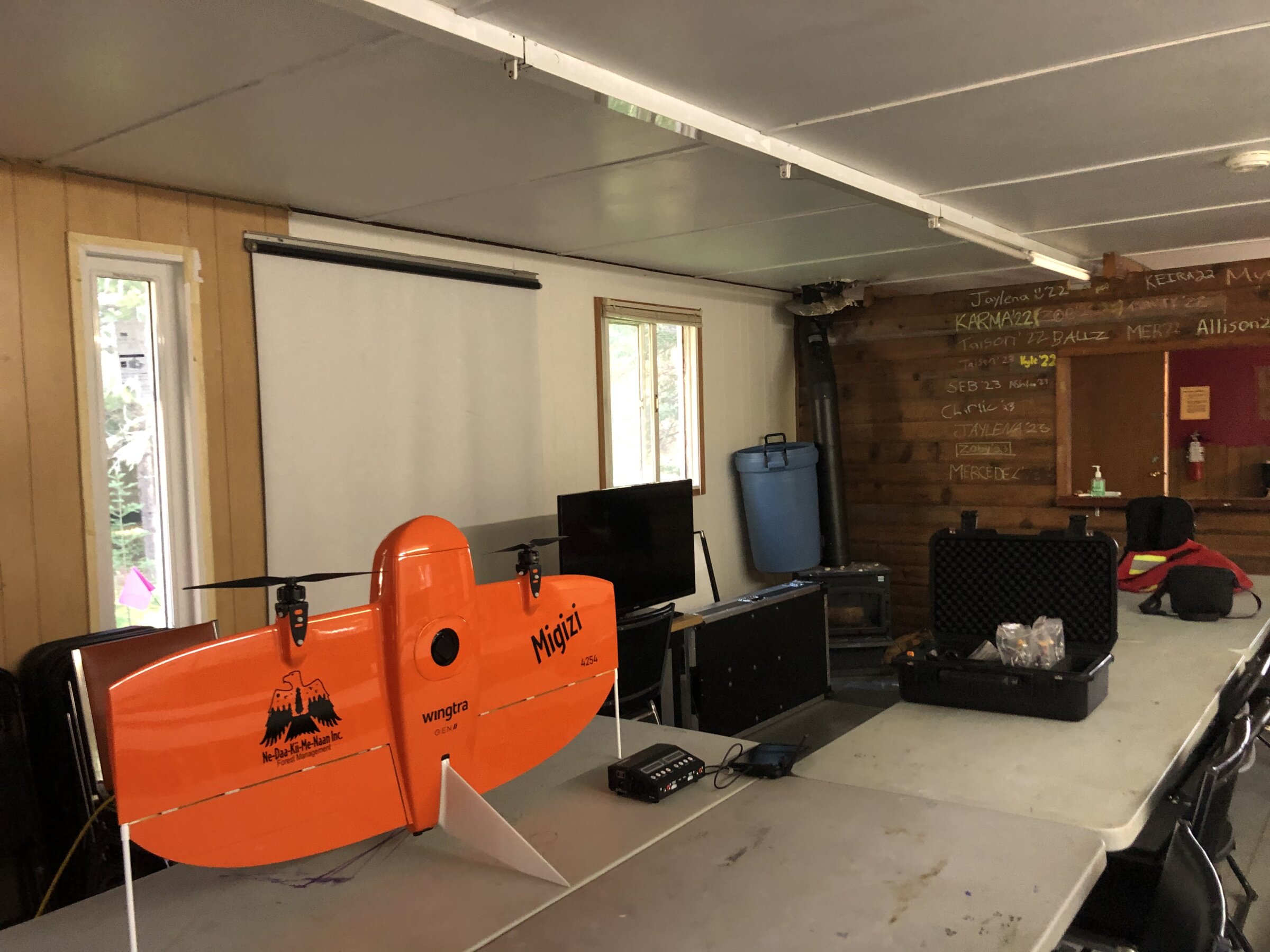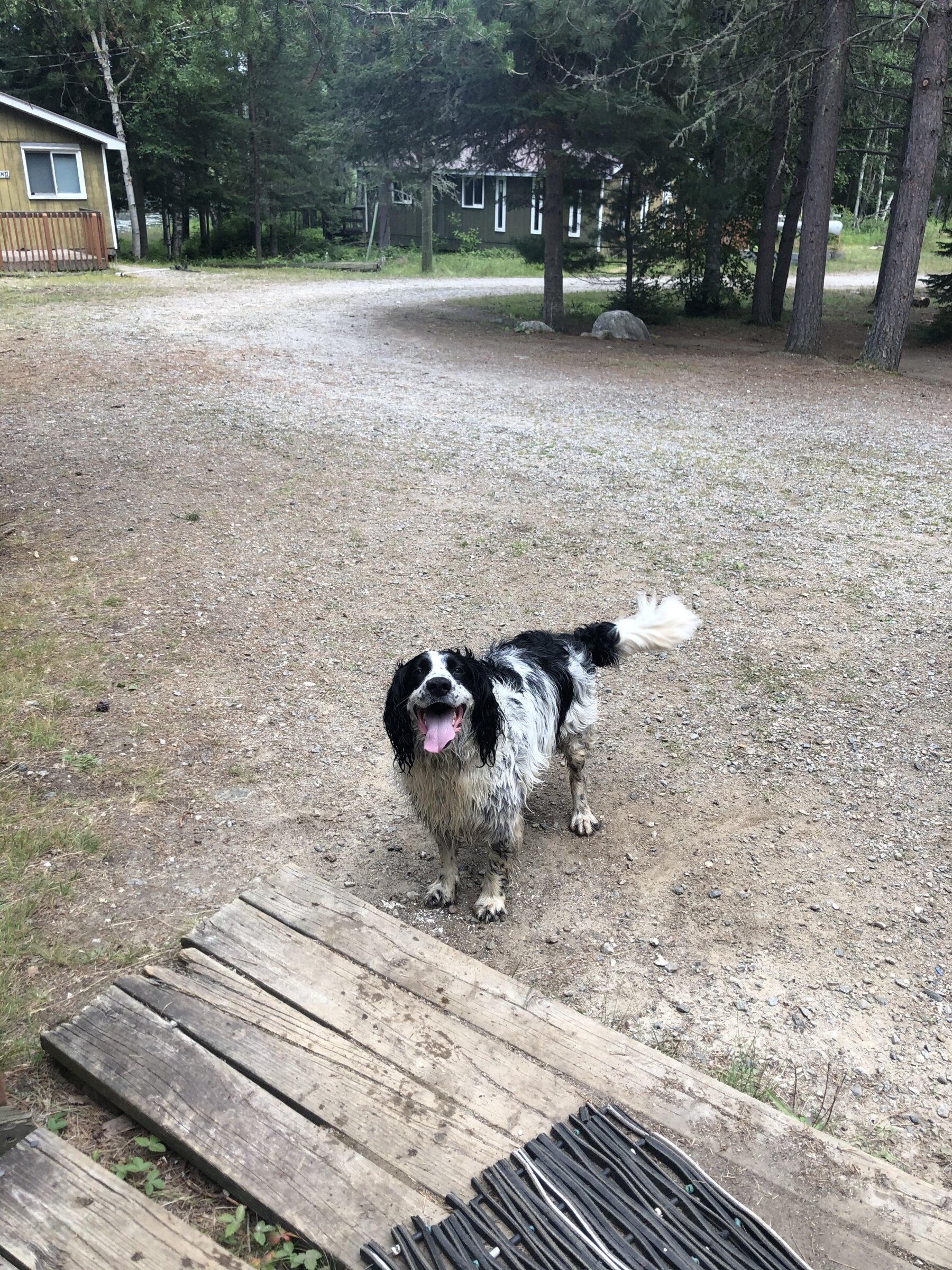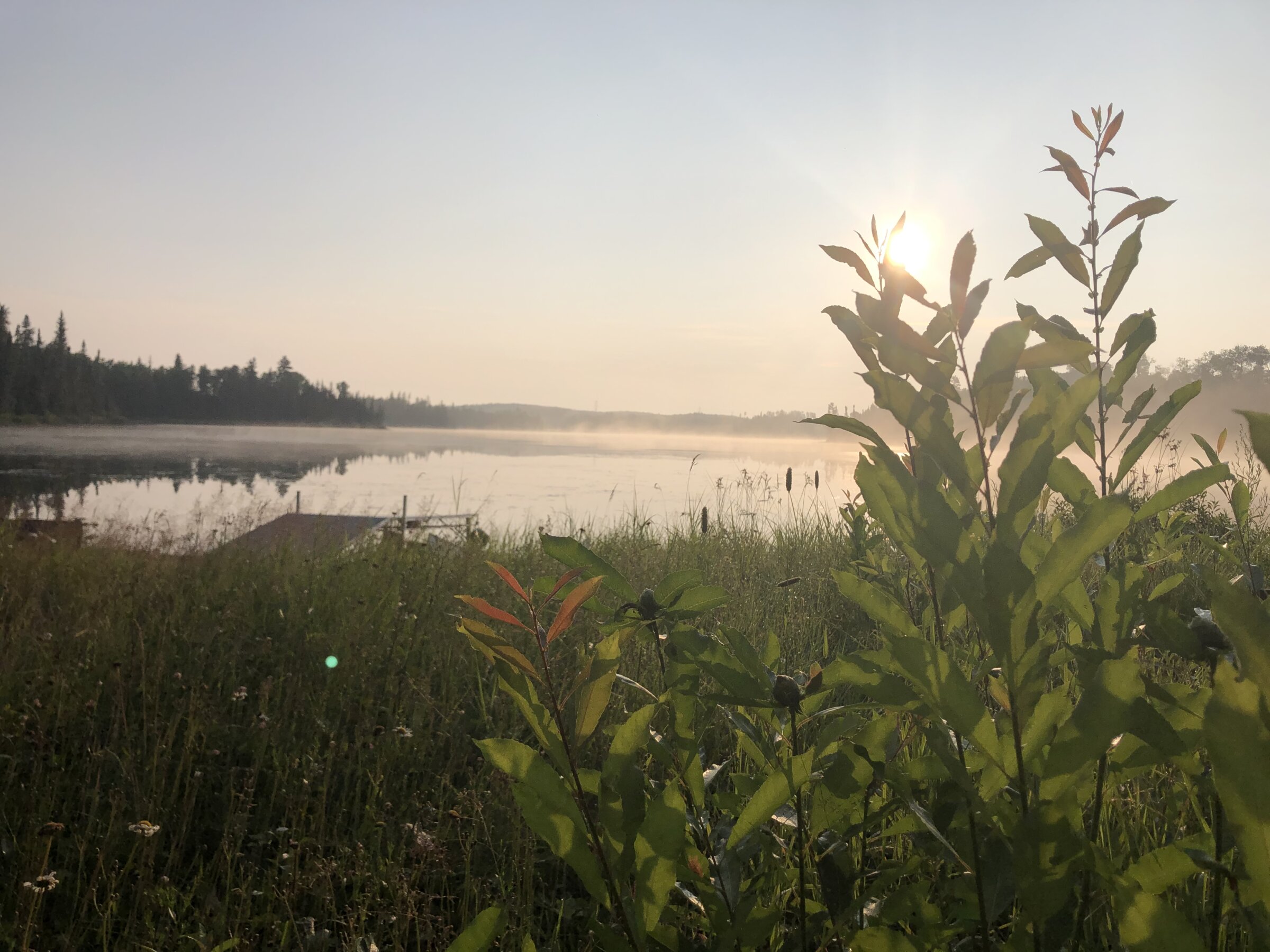Engaging Indigenous Youth in Ontario’s Forest Bio-Economy

CRIBE and OYEP collaborate to showcase advanced forestry and GIS solutions through Indigenous youth program.
CRIBE is proud to collaborate with Outland Youth Employment Program, OYEP; sharing knowledge about the forest bio-economy and showcasing opportunities for youth to engage in the bio-economy throughout the province. OYEP is a national network of land-based education, training and work opportunities for high school aged Indigenous youth.
Last year CRIBE’s GIS Innovation Coordinator, Sarah Bencic, joined two OYEP camps at Lakehead University to facilitate a map-making session. Because of the success of last year’s session (2022), CRIBE and OYEP worked together to organize two full-day sessions for the Mink Lake camp in Rainy River district in July 2023.
We would like to thank the teams at Ne-Daa-Kii-Me-Naan Inc (Nedaak) and Silvacom for contributing to this event; bringing their drones up to Mink Lake camp, walking us through their processes for route planning, data processing and visualization, and letting us try some of the drones. A highlight from this event was getting the “drones eye view” of the camp and lake through Silvacom’s VR goggles.
Over the two days, students in the OYEP program learned about forest management in Ontario, discussed the role of emerging technology in natural resource management, received advice from industry professionals on what opportunities are available and how to access them, and got hands-on experience working with drones and creating maps!
Here are some of our key takeaways from the event:
- As part of a CRIBE-funded project, Nedaak has acquired a new drone. Nedaak has named this drone “Migizi”, or “the eagle” in Anishnaabee. (We think this is a fitting name!)
- Like other drones, Migizi captures highly precise imagery data in a fraction of the time and cost that helicopters or fixed wing planes can.
- There is a fine balance that goes into successful forest management in Ontario; considering valorization of the whole tree, biodiversity, conservation and community needs.
- Cutting edge technologies can enhance our ability to be stewards of our land.
- Maps help us tell stories about the past, present, and future state of our natural resources and environment.
- There are opportunities for students to get involved in GIS and related fields!
Organization Spotlight
“Nedaak was established in 2012 by the Chief and Councils of Ginoogaming First Nation, Long Lake #58 First Nation, Aroland First Nation, Pays Plat First Nation, Red Rock Indian Band, Constance Lake First Nation, and Animbiigoo Zaagi’igan Anishinaabek First Nation to manage the Kenogami Forest and to provide economic development opportunities for surrounding First Nations.
Since that time, Nedaak has successfully lead Forest Management planning, regeneration, and local workforce training and capacity building. Nedaak works in partnership with the Province of Ontario, industry, and First Nations on the forest.
Our company has successfully deployed a modern approach to Sustainable Forest Management which works to optimize value from the Kenogami Forest.”
Ne-Daa-Kii-Me-Naan Inc


